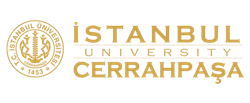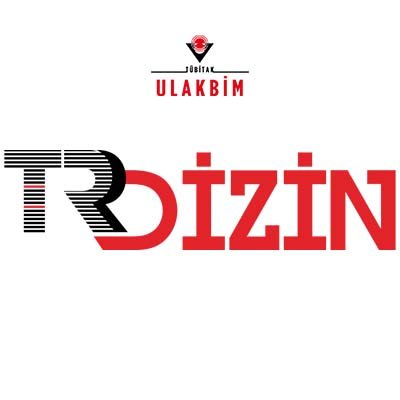The purpose of this research, which simulates the altitude of the training was to study the acute effect of mask on some physiological parameters during endurance activities. This research was administered to 25 male footballers who were under 21 and 19 years old are licensed in Galatasaray Football Club. Shuttle run (20m) test was performed first unmasked then masked intermittently within 48 hours. Athletes; Height, weight, body fat percentage, unmasked resting pulse(IN) and masked(INM), unmasked resting lactate levels(IL) and mask(ILM), unmasked rest minute respiration(VE) and masked(VEM), unmasked maximum pulse(MKA) and masked(MKM), unmasked perceived exertion score(AZ) and masked(AZM), unmasked resting oxygen saturation percentage(SP) and masked(SPM), unmasked maximum lactate level(ML) and masked(MLM), unmasked distance traveled(KM) and masked(KMM), unmasked maximum pulse percentage(MNY) and masked(MNYM), after exercise unmasked oxygen saturation percentage(SA) and masked(SAM), unmasked minute respiration after exercise(SS) and masked minute respiration(SSM) parameters were evaluated. In statistical analysis descriptive statistics, ANOVA and stepwise regression analysis was performed. The degree of significance (P<0.05) was accepted. Borg scale was also used to determine the perceived exertion rate. The significant differences were found between unmasked and masked values in IN,INM, IL, ILM, VE, VEM, MKA, MKM, AZ, AZM, SP, SPM, ML, MLM, KM, KMM, MNY, MNYM, (P<0.01), but no significant difference were found between the SA, SAM, SS,SSM values(P>0.05). The training mask increases the exercise intensity at submaximal work as a result of this study. However, during the maximal load it roles restrictive and causes the termination of the training. In brief, the training mask helps to increase the intensity which made in aerobic exercise training for athletes and could be used in order to prepare psychologically them for vigorous trainings.


.jpg)


.png)


